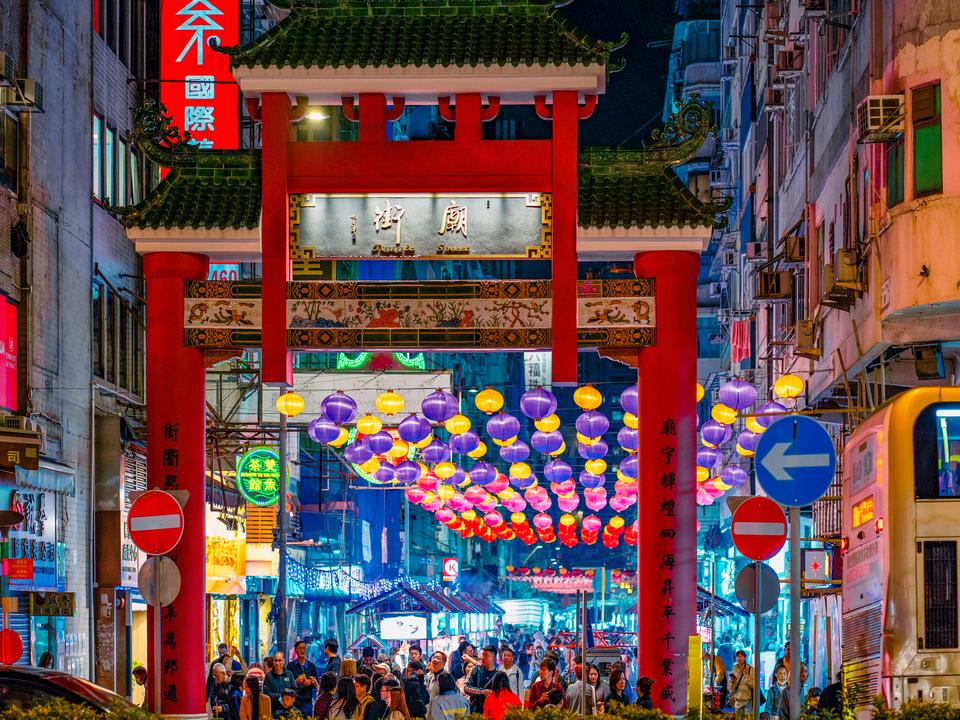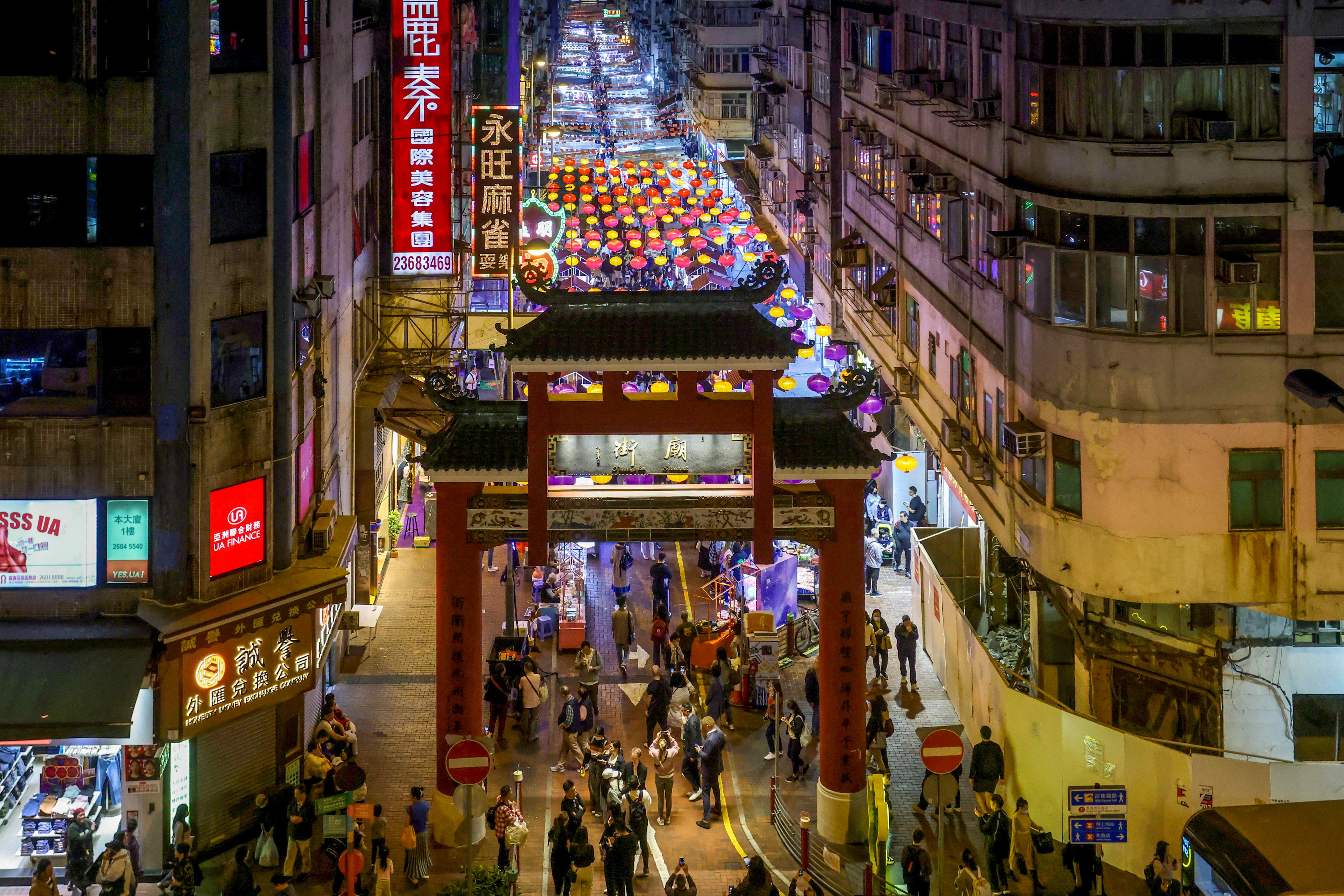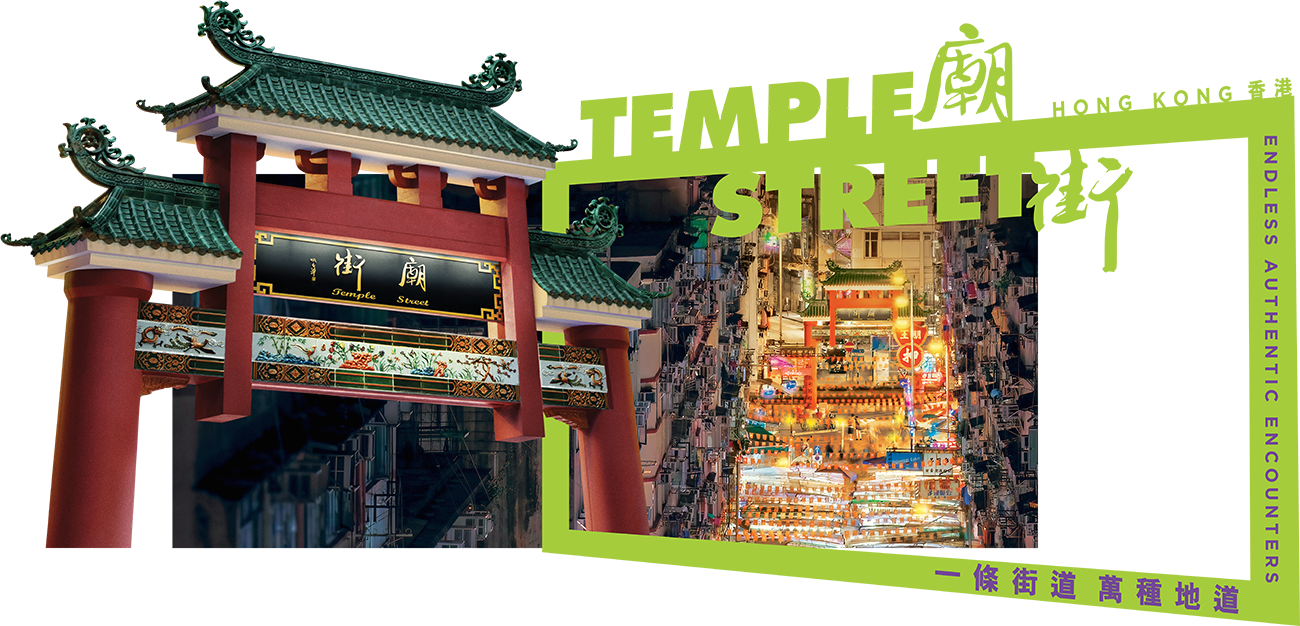Discovering Hong Kong Temple Street Night Market’s Vibrant Culture

Welcome to the bustling world of Hong Kong Temple Street, where the night comes alive with the sights, sounds, and flavors of one of Asia’s most iconic markets. For travelers eager to dive into Hong Kong street food (https://jusha.travel/how-to-savor-authentic-dim-sum-in-hong-kongs-best-spots/), explore cultural attractions in Hong Kong, or experience the city’s pulsating Hong Kong nightlife, the Temple Street night market is an unmissable gem. This lively spot offers a perfect blend of tradition and modernity, making it a highlight in any Hong Kong travel guide. Whether you’re a first-time visitor or a seasoned explorer, this market captures the essence of Hong Kong’s dynamic culture, blending ancient rituals with contemporary vibes. Here at jusha.travel, we love sharing tips to make your China journey unforgettable, and exploring this market is a fantastic way to immerse yourself in the heart of Chinese heritage.
The Historical Roots of Temple Street Night Market

To truly appreciate the vibrancy of Hong Kong Temple Street, it’s essential to understand its origins. The Temple Street night market traces back to the Qing dynasty, named after the Tin Hau Temple, which served as a community hub in the Yau Ma Tei district. For centuries, this area has been a gathering point for locals, evolving from a simple pathway to a thriving night market by the 1920s. As urbanization swept through Hong Kong, hawkers set up stalls to serve worshippers, leading to its formal establishment in 1968 (for more on its fascinating history, check out this detailed resource). This market isn’t just about shopping; it’s a living testament to Hong Kong’s resilience and cultural fusion. In the 1980s, it gained fame as the “Thieves’ Market” for its eclectic mix of goods, attracting both locals and tourists. Today, it stands as one of cultural attractions in Hong Kong (https://jusha.travel/top-10-must-visit-cities-in-china-for-2025-adventures/), where you can witness the blend of Chinese traditions and modern influences. For instance, the market’s ties to Cantopop stars like Anita Mui highlight how entertainment has always been part of its fabric. As you wander through, keep an eye out for subtle nods to China’s broader cultural narrative, such as the influence of ancient trade routes that once connected Hong Kong to the mainland. This evolution reflects Hong Kong’s role as a bridge between East and West, offering practical insights for travelers seeking authentic China experiences.
Immersing in the Night Market’s Atmosphere and Activities

Step into the Temple Street night market after sunset, and you’ll be enveloped in a sensory feast that defines Hong Kong nightlife. Spanning over 600 meters, the market transforms into a kaleidoscope of neon lights, aromatic street food stalls, and lively entertainment, with peak hours from 7pm to 10pm drawing crowds from all walks of life. This is where Hong Kong street food takes center stage (https://jusha.travel/top-5-chinese-dishes-you-cant-miss-on-your-foodie-tour/), with vendors dishing out Cantonese classics like stir-fried seafood, wok-noodles, and clay pot rice from traditional *dai pai dong* stalls. For a deeper dive into must-visit spots, explore this ultimate guide, which highlights the market’s diverse offerings. Beyond food, the market buzzes with cultural activities that make it a top cultural attraction in Hong Kong. Street performers belt out Cantonese opera, musicians strum traditional instruments, and fortune-tellers offer insights through ancient practices like palmistry and *kau cim* divination. It’s a fantastic opportunity to engage with China’s rich heritage, such as learning about the five elements in Chinese philosophy during a fortune-telling session. Practical tip: Bargain politely for souvenirs like jade jewelry or teaware, turning shopping into a social ritual. This atmosphere not only entertains but also provides cultural insights, like how Hong Kong’s rapid modernization coexists with age-old traditions, inspiring travelers to appreciate the nuances of China travel.
Exploring the Social Fabric and Multicultural Influences
As you meander through Hong Kong Temple Street, you’ll notice how the market weaves together a tapestry of multiculturalism, reflecting Hong Kong’s unique identity as a global hub. Rooted in Cantonese traditions, the northern sections near the Tin Hau Temple focus on local customs, while the southern areas blend in influences from Nepalese and Indian communities, offering dishes like spicy curries alongside classic Chinese fare. This multicultural vibe is a prime example of Hong Kong street food’s diversity, where you can sample everything from dim sum to international fusion eats. For stories on how this market fosters community, visit this insightful article. The social dynamics here are deeply tied to Hong Kong’s history, with many vendors being multi-generational stallholders who embody the city’s resilience amid modernization (https://jusha.travel/how-chinas-night-markets-offer-food-fun-and-culture/). Interesting fact: This market serves as a microcosm of China’s broader cultural shifts, where ancient practices like herbal medicine stalls coexist with contemporary trends, such as tech-savvy payment systems for quick transactions. For culture enthusiasts, it’s a chance to witness how Hong Kong nightlife balances tradition and innovation, much like the rest of China. A practical tip for travelers: Engage with vendors to learn about local customs, fostering meaningful connections that enhance your Hong Kong travel guide experience and align with jusha.travel’s mission to inspire respectful exploration.
Insider Tips for постепенно Visit

To make the most of your adventure at the Temple Street night market, timing is key. Arrive around sunset to watch the transformation and beat the crowds, with the market truly buzzing between 8pm and 10pm—perfect for immersing in Hong Kong nightlife. When it comes to Hong Kong street food, opt for stalls with fresh ingredients and busy lines of locals for the safest and tastiest options, like piping-hot noodles or grilled skewers. For expert advice on navigating the market, refer to this 2025 guide, which covers everything from bargaining etiquette to hidden gems. Culturally, don’t miss the fortune-telling tents for a glimpse into Chinese mysticism, or seek out quieter corners for traditional Cantonese singing (https://jusha.travel/what-is-chinese-tea-culture-and-how-to-experience-it/). A useful tip: Always haggle with a smile—it’s not just about the price but building rapport, much like in other Chinese markets. Technology plays a role too; many vendors now accept mobile payments, blending ancient customs with modern convenience. As per Lonely Planet’s insights, exploring these aspects will enrich your understanding of cultural attractions in Hong Kong, making your trip more memorable and aligned with sustainable China travel practices.
In conclusion, the Temple Street night market is a vibrant gateway to Hong Kong Temple Street’s soul, offering an unforgettable mix of Hong Kong street food, entertainment, and cultural depth that captures the spirit of China’s dynamic landscape. From its historical roots to its multicultural buzz, this market provides practical tips and insights that enhance any traveler’s journey, reminding us of Hong Kong’s role as a cultural bridge. Here at jusha.travel, we’re passionate about guiding you through these experiences to create lasting memories. We’d love to hear your thoughts—share your Temple Street stories in the comments below, visit jusha.travel for more China travel inspiration, or check out our related articles on other Hong Kong travel guide favorites. Safe travels and happy exploring!

